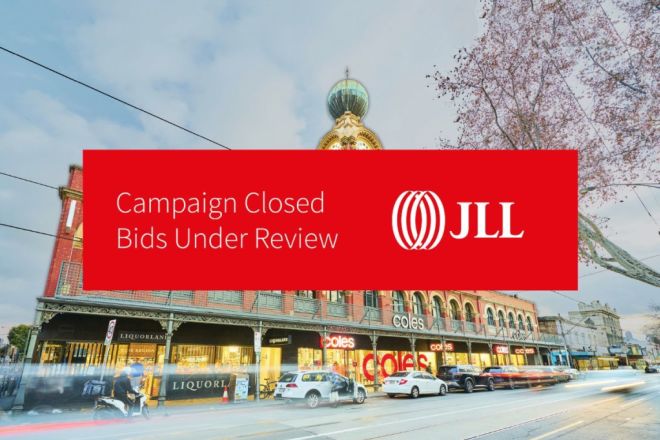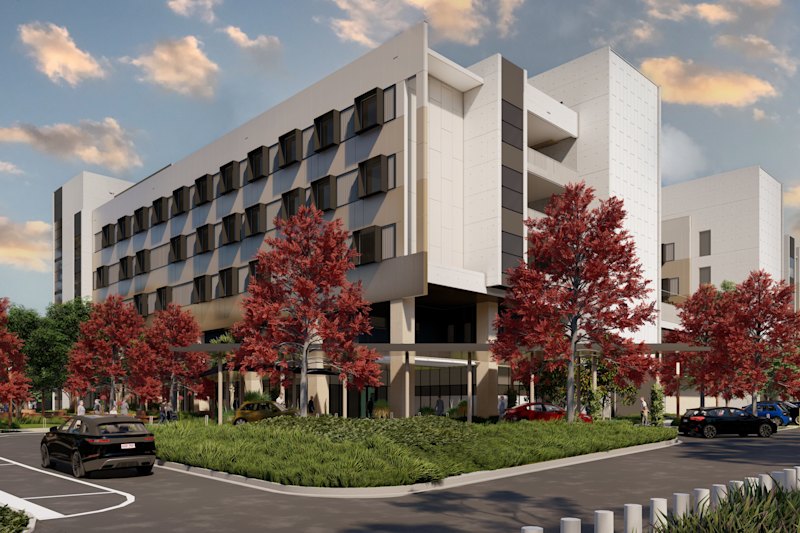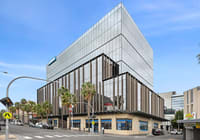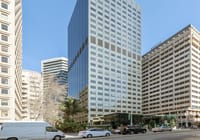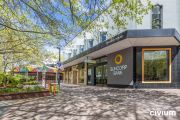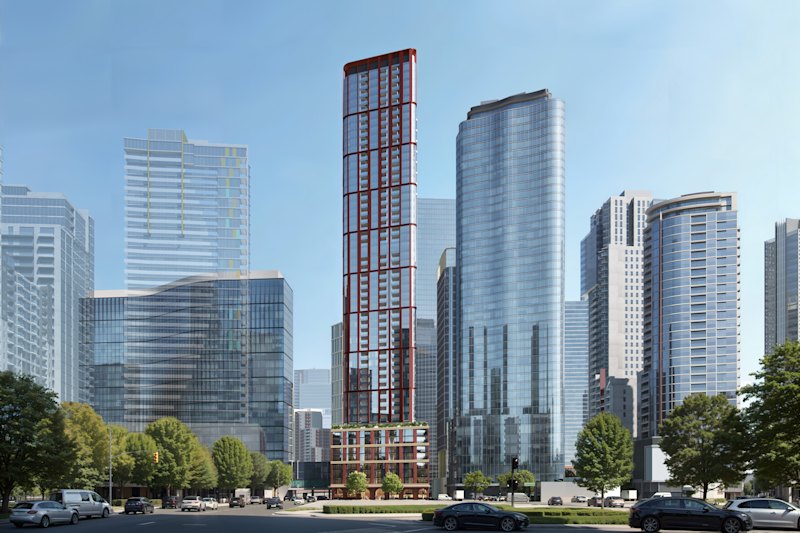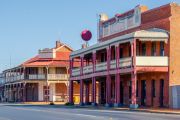
Famous Melbourne landmark Dimmeys building could fetch $30m
Melbourne’s Dimmeys building – with its famous clock tower – has seen buyers circling over the past week, with insiders forecasting a $30 million transaction for its supermarket and bottleshop.
The inner-city heritage-listed landmark, with a grand American-Romanesque facade, has stood for more than a century on one of the city’s busiest streets at 140-160 Swan Street, Richmond.
For the past decade, a full-line Coles supermarket and Liquorland have leased the space, following a three-year redevelopment that saw Heritage Victoria oversee the preservation of key elements of the building’s exterior.
In 2015, the famous Dimmeys site was reborn as Richmond Icon, featuring the purpose-built state-of-the-art supermarket, along with a 10-storey glass tower with 106 apartments at the rear.
The developers sold the apartments at the time, but held onto the supermarket asset until now.
The property, described by agency JLL as one of Australia’s most high-profile supermarket investments, has been listed for sale at an undisclosed price through agents Stuart Taylor, Tom Noonan and MingXuan Li. However, industry insiders say the sale is expected to exceed $30 million.
Spanning 3282 square metres of floor and land space, it is wholly leased to ASX-listed Coles Group for a 20-year term expiring in February 2035, with two further 10-year options.
The store showcases the latest in supermarket innovation, and features an expanded Vietnamese and Chinese grocery aisle designed to meet the tastes of Richmond’s community.
The site, boasting 73 carparks underground, generates an estimated net income of $1.485 million a year, plus GST.
Dating back to 1907, the cultural icon has had many lives. Once a drapery store, it morphed into ladies fashion, then a bargain warehouse, before being reborn as the lifeblood of the inner-city community – a grocery store giant that is the perfect pit stop on the way to the footy down the road.
It is as much a part of the urban landscape as its Richmond neighbourhood neighbours the Skipping Girl, the Punt Road silos, and the former Rosella factory.
The Victorian Heritage Council describes the building, on the corner of Swan and Green Streets, as having architectural and historical significance to the state.
With a 56-metre frontage, its expansive facade is just five metres shy of Myer’s – the Bourke Street icon that inspired the saying “more front than Myer’s”.
JLL’s Taylor says he expects strong interest from both offshore and domestic buyers.
“The inquiry is really strong, as we would expect, just given the high-profile nature of it,” he says.
“Most of the interest is due to the fact that it’s a Coles name in a super-prime location, but there is definitely an element of it being such an iconic building and location that it drives more interest than just a typical supermarket investment.
“Everyone knows the Dimmeys clock tower. It’s part of Melbourne’s history.”
Richmond is a suburb synonymous with food and football, located two kilometres east of the CBD, and less than one kilometre from sporting facilities like the MCG and Melbourne Park precinct.
The suburb has evolved from its working-class roots and has a great multicultural food scene, with popular pubs and bars, all connected to trains and trams. There are a number of current and proposed commercial and residential developments in the area.
Noonan describes it as one of the country’s most rapidly transforming and exciting precincts.
“Cremorne and Richmond have seen an influx of capital, new development and both residential and office demand in the last five years,” he says.
“Richmond is one of the most in-demand residential markets, with Cremorne now labelled Silicon Yarra, driven by the wave of creative industries and technology companies that now call the area home.”
Taylor says the level of development earmarked for the area will further strengthen the retail demand for Coles as a long-term, well-performing investment.
“Supermarkets in inner-city locations are rarely offered to market; Coles Richmond Icon sits in the heart of one of Melbourne’s most active and affluent catchments and is one of the most exciting commercial real estate offerings in recent times,” he says.
In Richmond, a three-bedroom home costs around $1.54 million. Its median house price is 73 per cent higher than the city average, and is forecast to expand by 39 per cent by 2046.
Built in stages from 1907, the Dimmy’s building is a significant example of a large department store built in the pre-WWI retail boom following the 1890s depression, according to the Victorian Heritage Council.
“Its changing status from a once-fashionable department store to a prominent bargain store reflects the changing fortunes of Melbourne’s inner suburbs during the twentieth century,” the heritage statement reads.
“Dimmeys is of architectural significance as a fine, intact and early example of the American Romanesque style in Victoria and of the work of the prominent architects HW & FB Tompkins. “Its significance is increased by the tower, which is a prominent and well-known Melbourne landmark.”
Coles Richmond Icon is for sale via an expressions of interest campaign closing at 3pm on Wednesday, September 10.
